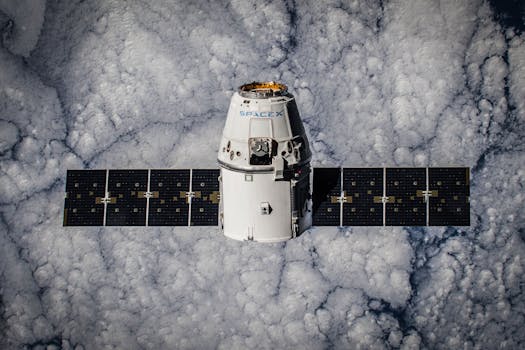
The Future of Satellites: A New Era in Space Exploration and Communication
The future of satellites is a rapidly evolving field, with advancements in technology and innovation, enabling new applications and uses for satellites in various industries. The use of satellites has become increasingly important in recent years, with the number of satellite launches increasing exponentially. This growth is driven by the demand for satellite-based services such as communication, navigation, and remote sensing.
Introduction to the Future of Satellites
Satellites have been a crucial part of our daily lives, from providing us with television channels and internet connectivity to helping us navigate through GPS. However, the future of satellites holds much more promise, with the development of new technologies and innovations that will enable satellites to play an even more significant role in our lives. One of the most significant advancements in satellite technology is the development of small satellites, also known as CubeSats. These satellites are smaller, cheaper, and more efficient than traditional satellites, making them an attractive option for many industries.
Advancements in Satellite Technology
Another significant advancement in satellite technology is the development of satellite constellations. These constellations consist of multiple satellites that work together to provide global coverage and enable new applications such as satellite-based internet and communication services. Companies such as SpaceX and OneWeb are already working on developing these constellations, which are expected to revolutionize the way we communicate and access information. Furthermore, the development of reusable launch vehicles has made it possible to launch satellites into space at a lower cost, making satellite technology more accessible to a wider range of industries and applications.
Applications of Satellites in Various Industries
Satellites have a wide range of applications in various industries, including communication, navigation, remote sensing, and weather forecasting. In the communication industry, satellites are used to provide internet connectivity, television channels, and mobile phone services. In the navigation industry, satellites are used to provide location-based services such as GPS. In the remote sensing industry, satellites are used to collect data on the environment, climate, and natural resources. In the weather forecasting industry, satellites are used to collect data on weather patterns and provide accurate weather forecasts.
The use of satellites in these industries is expected to continue growing, with new applications and uses emerging as technology advances. For example, the use of satellites in the agriculture industry is becoming increasingly popular, with satellites being used to monitor crop health, detect soil moisture, and predict weather patterns. Similarly, the use of satellites in the maritime industry is becoming more common, with satellites being used to track ships, monitor ocean currents, and predict weather patterns.
Conclusion
In conclusion, the future of satellites is a rapidly evolving field, with advancements in technology and innovation enabling new applications and uses for satellites in various industries. The development of small satellites, satellite constellations, and reusable launch vehicles has made satellite technology more accessible and affordable, enabling a wider range of industries and applications to benefit from satellite-based services. As technology continues to advance, we can expect to see even more innovative applications of satellites in the future, transforming the way we communicate, navigate, and access information.
